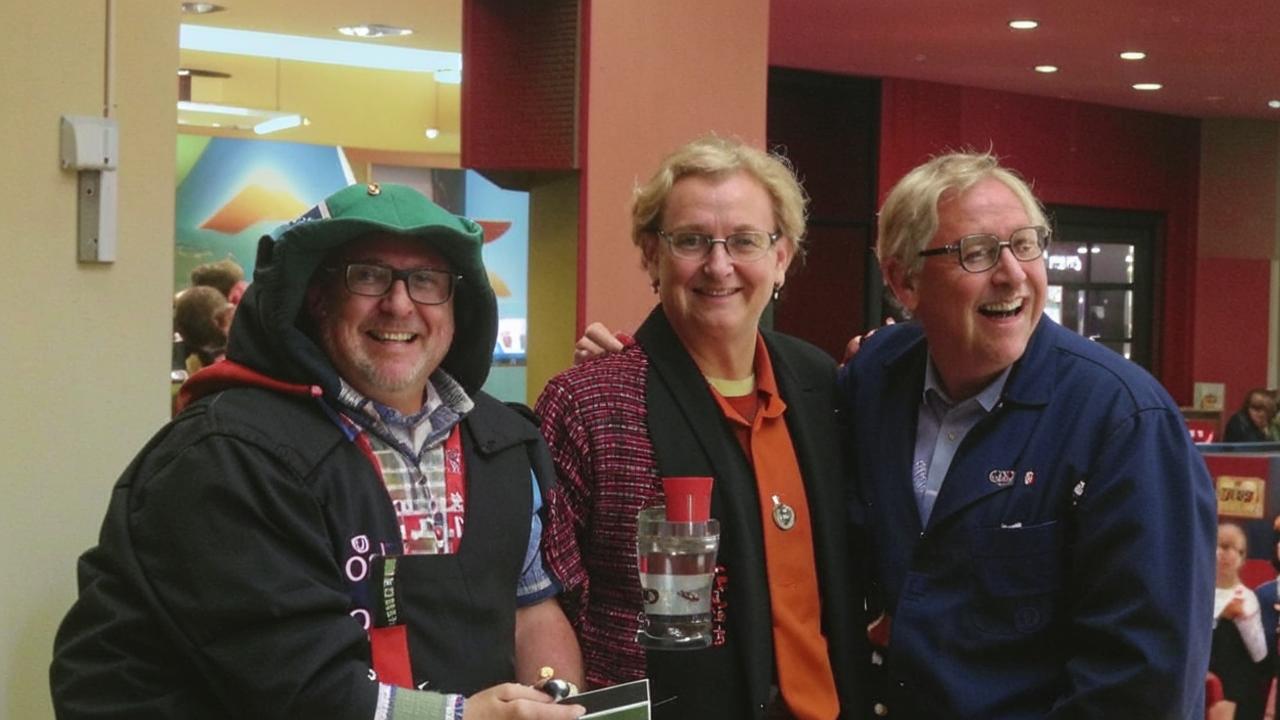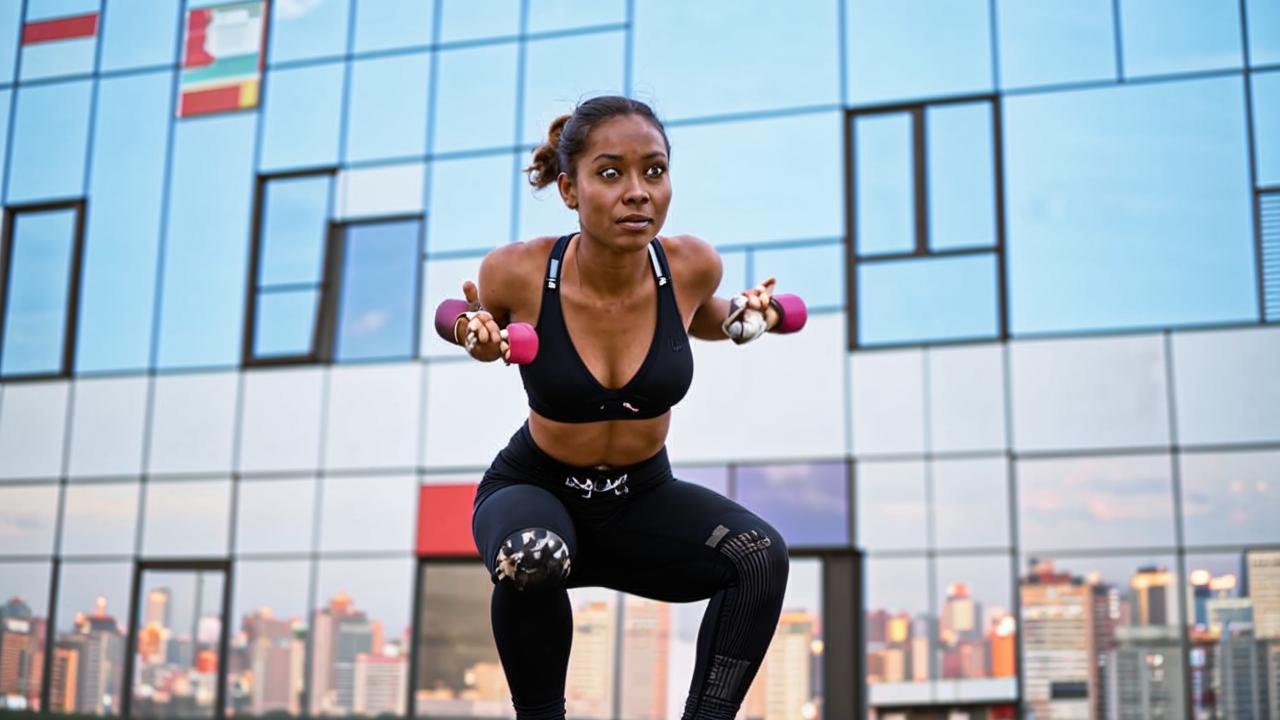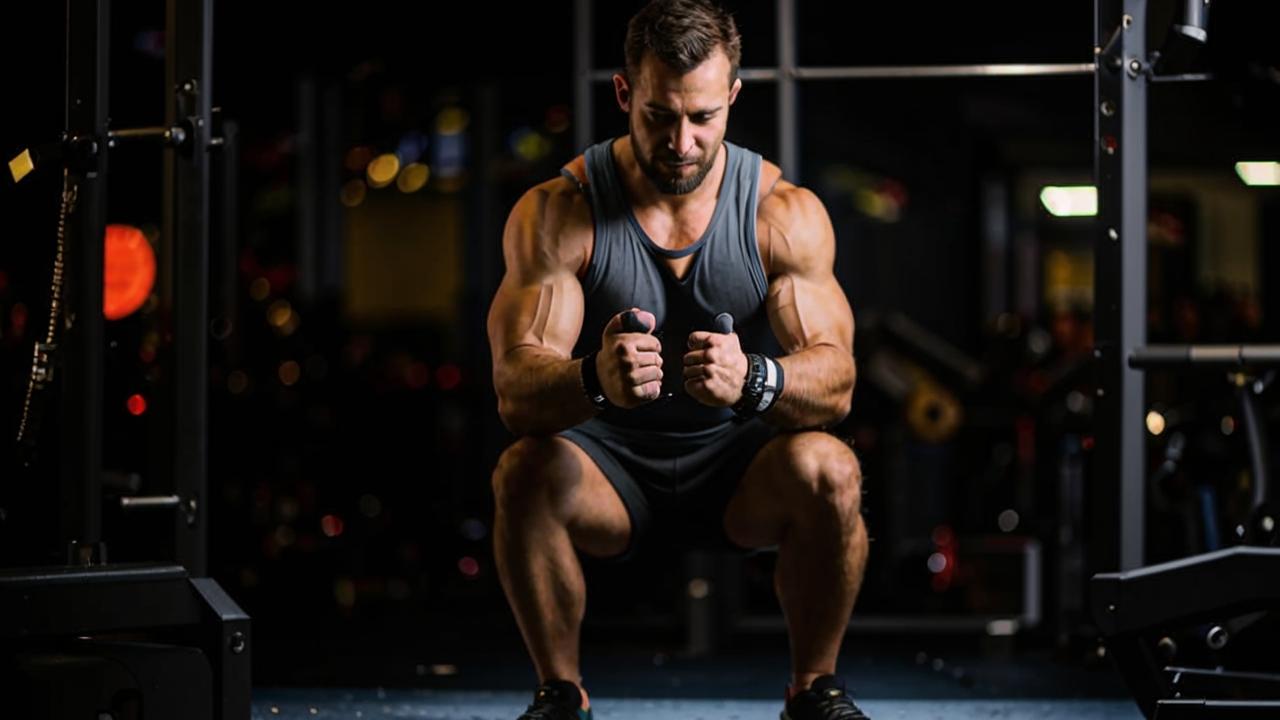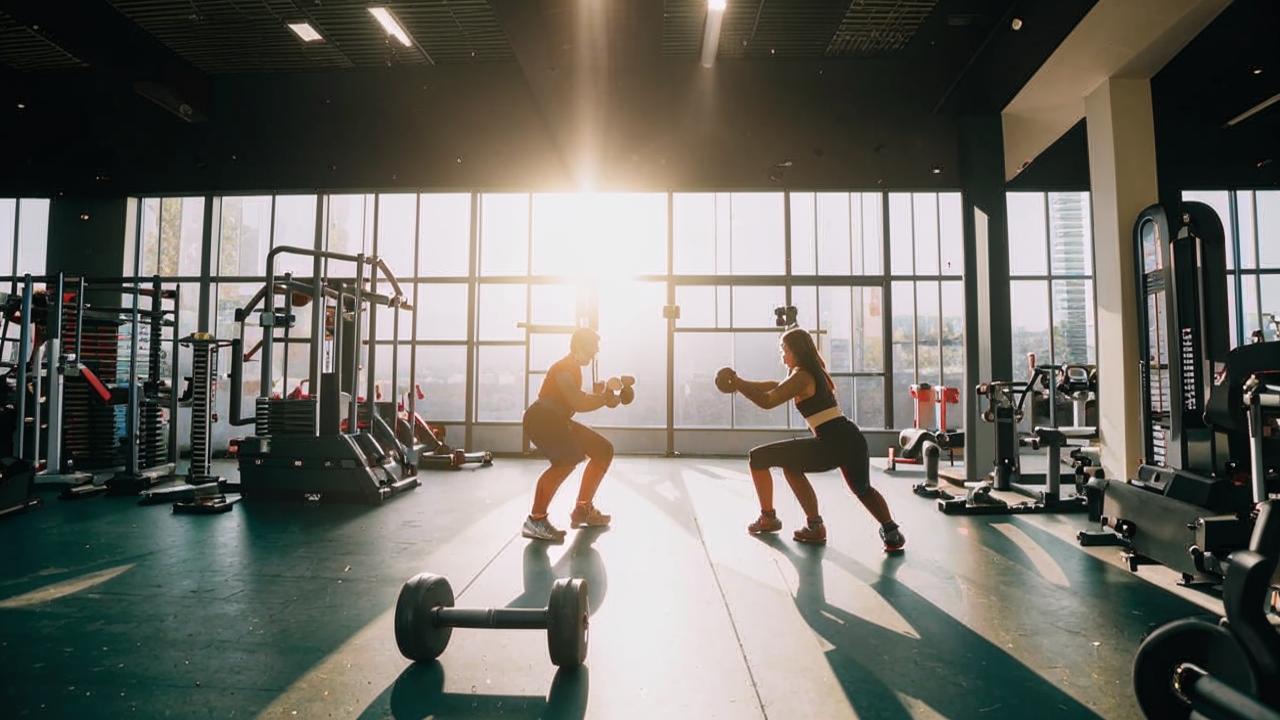Squats are a true classic of training and sports in general. Many people start their day with them as a warm-up in the morning. And some regularly include them in their training plan to put a strain on their legs. And this exercise is so popular for a reason, because it can be performed anywhere, and it will be extremely effective. Today, let’s talk about one of its varieties – squats with dumbbells.

FitStars fitness trainer
“A basic exercise used to work out the muscles of the thighs and gluteal muscles. It is performed both with the help of various equipment and without it. The equipment can be a barbell, kettlebell or dumbbells”.
What muscles are involved in squats with dumbbells?
This exercise loads the same muscles as the classic version. Dumbbells are used to complicate squats, of course, provided that your body is already ready for training with them.
Work the front, back and inner surfaces of the thighs, quadriceps, calves, flounder muscles, gluteal and lumbar muscles, as well as the back.
How to do squats with dumbbells correctly?
Mikhail Prygunov: First I recommend to study the technique and try to bring it to an ideal state. People have different degrees of flexibility, different limb lengths and different body proportions, so many people find it difficult to perform deep squats with a straight back. This effect is caused by a lack of flexibility in the back muscles of the thigh or glutes.
Do not forget about warming up, because squats affect the knees, and this is an extremely vulnerable part of our body, they need a good warm-up. Also a small gymnastics before training will tone your body and prepare it for the main part of the exercise.

Technique of squats with dumbbells
- Place your feet about shoulder width apart. Take dumbbells in your hands, stretch them along the body.
- Perform the squat on an exhalation. With your pelvis back, bend your legs at the knees and lower down as far as you can. Your knees should face slightly to the side, the same way your toes do.
- Smoothly rise upward on an inhale.
- Keep your heels on the floor during the exercise. Do not bend your back, keep it straight.
- Arms during the exercise should remain in the same position – straight.
It is important not to draw the knees forward and not to reduce them to the center – try to keep them at one point. Lean on the entire foot evenly and do not shift the center of gravity strongly to the heel or toe. While performing squats, the back should remain straight: excessive bending of the lumbar region can lead to injury.

Progression and variations of squats
The two main areas in which you can grow are picking heavier weights of weights and increasing the number of repetitions. However, it’s important to remember that you should develop your strength and endurance while squatting gradually. Start simple and over time move on to more complex ones.
Foot placement options
If the squat is performed with a wide leg stance, it is more convenient to hold the dumbbells between your legs with both hands. If you have a regular leg placement, the dumbbells are held in two hands at your sides. Depending on the width of the stance, the emphasis on the muscles shifts. A wide stance engages the inner surface of the thigh, while a narrow stance works the outer surface of the thigh and quadriceps.
Mikhail Prygunov: Squats are knee-dominant and pelvic-dominant. It happens that people do not feel gluteal muscles during squats, but they feel the muscles of the front thigh more – they have knee-dominant squat. That is, the knee joint gets more dynamics than the hip joint. But that doesn’t mean they can’t pump up their glutes. You just need to pay more attention not to the squat exercise, but to the movement in the hip joint, in the extension of which the glutes will be strongly included in the work. And also perform other movements that are suitable for this purpose.

Types of squats
Each option emphasizes a specific muscle group, has a number of features and can be adapted to the request and level of physical fitness.
Goblet squats. You hold a dumbbell with both hands in front of your chest, holding it with your arms bent. Unlike back squats, the barbell is placed in front of the body instead of behind it. Part of the load goes to the muscles of the front surface of the thigh, mainly the quadriceps. The rear surface of the leg and gluteal muscles are also involved, but less.
Squats with dumbbells on your shoulders. You hold the dumbbells with bent arms at the shoulders. The weights can be placed on the trapezius and slightly hold them with your hands, so as not to overload the muscles of the shoulder girdle.
Plie. A movement where the feet are spread extremely wide, and the toes should look to the sides. This is a rather specific movement, which should be performed carefully during training. If you want to complicate the plie, you can take a dumbbell and hold it with two hands.
Mikhail Prygunov: Regular squats help to strengthen muscles, improve the contour of buttocks and thighs, as well as improve overall fitness. It is important to follow the technique of the exercise and gradually increase the load to achieve optimal results.
It is extremely important to find the right squat variant for you. You need to understand exactly what sensations occur during squats and what part of the body they affect. It should also be remembered that leg training is not limited to this exercise and its variations.






